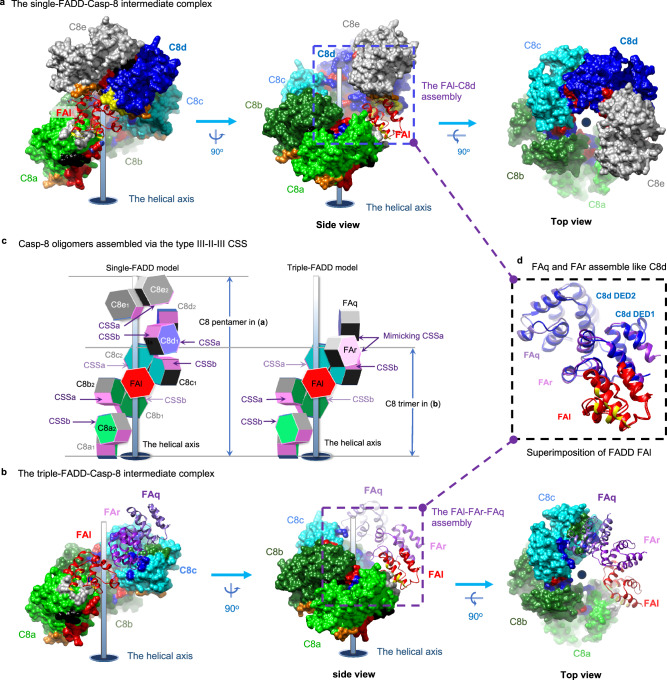Fig. 3. Casp-8tDED utilizes the type III-II-III CSS to self-assemble in both intermediate complexes.
a Shows the single-FADD-Casp-8 intermediate complex derived from the single-FADD ternary complex structure by removing cFLIP. FADDDED, as ribbons, and Casp-8tDED, as molecular surfaces, are labeled and colored as in Fig. 2a. Type Ia, IIb, IIIa, and IIIb surfaces of Casp-8tDED are colored in yellow, green, red, and blue, respectively, similar to those in Supplementary Fig. 1. However, for clarity, the type Ib surface of Casp-8tDED molecule C8a is colored in gray, while type IIa surfaces of Casp-8 DED1 and DED2 are colored in orange and black, respectively. b Similar to a, except that here shows the triple-FADD-Casp-8 intermediate complex derived from the triple-FADD ternary complex structure. c Side-by-side comparison of the assembly of the single- and triple-FADD-Casp-8 intermediate complexes. The comparison reveals that Casp-8tDED assembles consistently via CSS, which is highlighted in magenta. Additionally, the lower parts of two intermediate complexes consistently contain FADDDED molecule FAl and Casp-8tDED molecules C8a-c. However, in the upper part of the triple-FADD complex, FADDDED molecules FAq and FAr could together assemble a surface mimicking the CSSa of the Casp-8tDED molecule C8d in the single-FADD complex, also explained in d. d Structural comparison between the single-FADD-single-Casp-8 assembly, i.e., the FAl-C8d assembly, in a and the triple-FADD assembly in b by superimposing FADDDED molecule FAl. The comparison reveals that FADDDED molecules FAq and FAr could assemble like a Casp-8tDED molecule C8d and hence form a surface that mimics CSSa in c.

